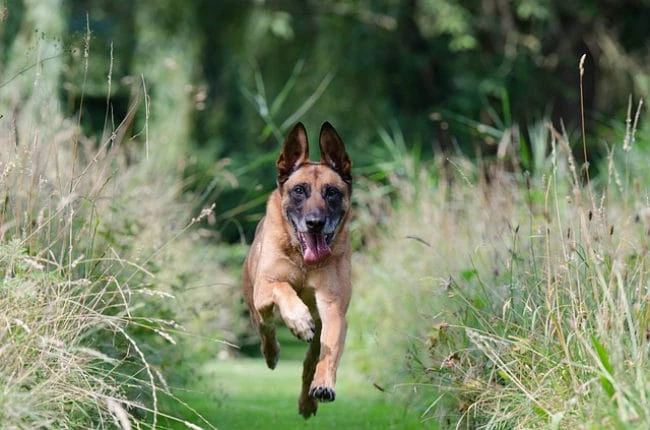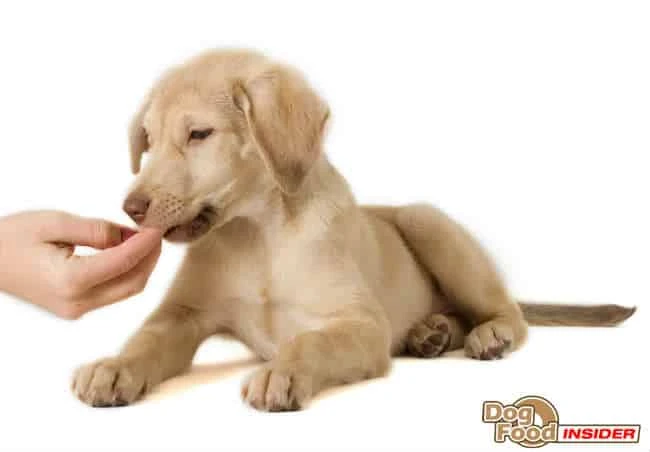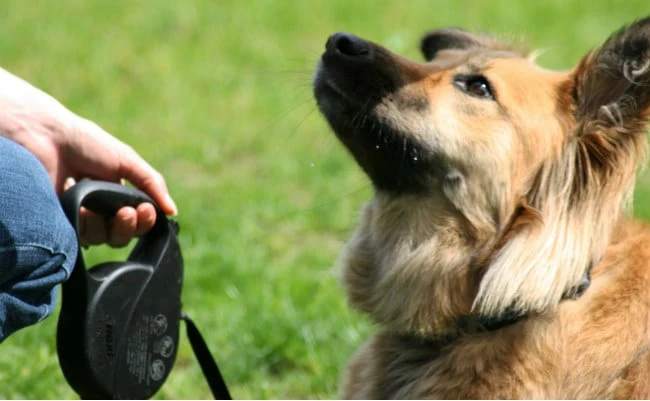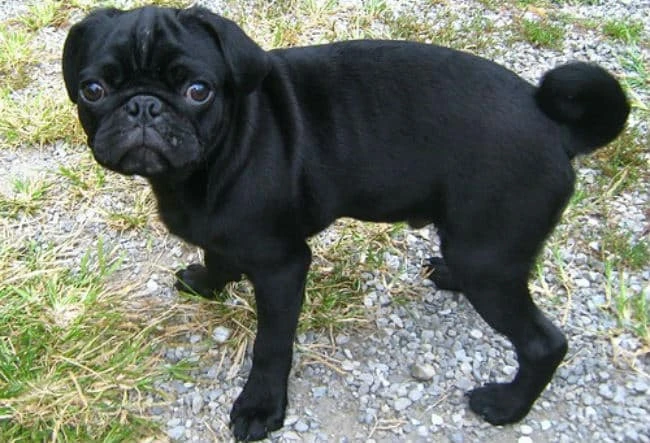Crate Training an Older Dog, House Training an Older Dog
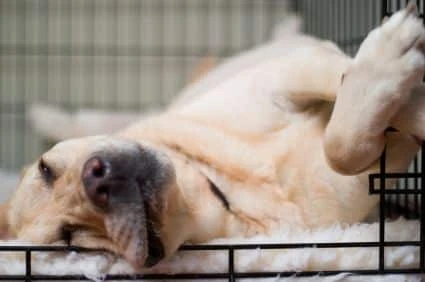
Crate Training an Older Dog

Crate training an older dog needs a little time and a little patience but it is possible and can actually be a fun and rewarding experience for you and your dog.
On this page we have provided a step by step guide from purchasing the Crate to training your dog to love and want to make it his little den.
Take your time and browse the page and practice each training tip so you and your dog can learn together and not only increase your bond and relationship but learn the art of crate training step by step.
Crate Training an Older Dog
A complete guide to house training and crate training an older dog
Crate training an older dog needs the same patience, fairness and consistency that is needed when crate training a puppy. By using these qualities your dog will learn to respect you as the pack leader and alpha male and will ultimately be easier to train.
Unfortunately some owners make the bad decision and shout and scream at their pooch when they have an accident – unfortunately this will only make your pooch confused and may lead to more problems (such as your dog or puppy finding even more interesting and hidden places to pee or poop (so you don’t find it and shout).
Purchasing the Crate
So if your older dog has never seen a crate before – the first thing that you need to do is purchase a crate You can get good crates from most Pet Stores. We are assuming you are crate training an older dog so their is no more growing to be done. Your dog’s crate should be just big enough for your dog to stand up and turn around in.
The Crate is not somewhere that your pooch should live in it is a dog obedience training tool and should be used as such – of course the crate is fine for your dog to sleep in but if he spends hour upon hour in it not only will this cause your dog to start to associate bad experiences with the crate but he will not want to go in it.
It is vital that your dog learns to love his crate and wants to spend time in it – so you need to train your pooch to love his crate (more on this later). Anyway back to the size of the crate…if it’s too big then your dog can pee or poop in one corner and stay nice and dry – believe it or not a dog is trained as a puppy by his mother when in the litter to keep his sleeping area nice and clean.
Some breeds do not initially like being confined in a small area so you need to keep this in mind. For example if you had a small Shih Tzu that did not like the small area – you could alleviate some of the dog’s anxiety by purchasing a wire or mesh crate as this will give your dog the feeling of not being confined in a small area. Another useful little tip is to purchase a crate that does not have a roof – this will enable your dog to see out of the top and will again reduce his anxiety. We advise you to take your dog’s measurements so you can get it right first time. There are some that come with partitions which enable the owner to close off half the crate but this is normally reserved for puppies that are still growing.
The benefit of a crate the right size is very much like that of a human – if you had a room that was too large it would become cold and would not be cozy. This is the same for your pooch – it needs to become their home and den – if the crate is the right size it will be warmer because your dogs body heat will keep his sleeping area clean.
So you have the Crate now what…?
- When crate training an older dog it is important that you let your dog get used to the new object in his environment – after all this is something that your dog has probably never seen – he might even be a little anxious about this new addition to his pack.
- The last thing you should do when crate training an older dog is to just put him in the crate and shut the door – this will instantly cause your pooch to dislike his new home and he will resent it and not want to spend time in it.
- Start by putting the crate somewhere near the family as you want your dog to feel part of his pack. If you leave it somewhere out of site you will not be able to spot any behavioral problems or anxiety starting – once a behavioral problem has taken root it is difficult to cure. Leave the door to the Crate open and put the food near it around dinner time – this will allow your pooch to get close to it and used to his new den. After a while you can start putting his food in the Crate but do not shut the door. Wait for your dog to go in and eat his food but do not shut the door until he is going in regularly without any problems. This is important as you don’t want to rush the crate training process. If your dog is initially reluctant to go in his new home – start throwing a few of his favorite treats in it and get him used to the fact that he won’t be locked in as soon as he sets foot in the crate – he needs to feel that he can trust you. Trust is very important in all aspects of dog obedience training.
- Once your dog is going in and out of his crate and eating his food (this may take as long as a week) you can then start closing the door – but only if he is coming and going happily – do NOT rush your dog. Leave your dog for a few minutes at a time when he is first going in to his new den – but always return within five to ten minutes – this will reinforce to your pooch that you will return and you know exactly where his is and you will let him out.
- If your dog has an accident in the House – you should never shout or spank our dog and don’t put him in the Crate if you are angry as this will confuse your dog and he will start to associate his den with punishment. If he has an accident in the House – attach a leash and take him straight outside. Say ‘Toilet Time’ and go outside – as soon as he is about to poop say ‘Go Poop’ and then give him lots and lots of praise and a treat. Always go to the same area in the garden where he normally poops and give him an allotted time. If he does not go in the allotted time then take him inside and place him in his crate – keeping close supervision leave it ten minutes then take him outside. Hopefully your dog has already mastered the house training process as this should be started when your pooch is still a puppy.
- When crate training an older dog is important that you have a good idea when your dog is more likely to pee or poop (this will reduce accidents around the House). If your dog is in the Crate over night – you should take him straight outside as soon as he wakes. Always toilet your dog after drinking, eating and on a regular basis throughout the day. If your dog does have an accident in his Crate – don’t rush to clean it up – leave it for an hour as this will let your dog know that pooping is not a good thing and will result in a smelly den. Your dog will soon get the idea (don’t forget as previously mentioned he was trained when he was in the litter not to poop in the sleeping area).
- When crate training an older dog it is very important that you don’t let young kids tease and upset your dog when he is in his crate. Although this is probably not malicious in any way it will upset your dog and cause more unnecessary anxiety. This can also cause your dog to become aggressive as he protects his territory – if he has food in the den too this might trigger your dog’s territorial and protective instinct – not a good idea if you have a young family.
- Don’t let your dog out of his Crate if he is whining if you do this will only reinforce this negative behavior. Wait until he is quiet and then let him out – this is very important as if you let him out every-time he starts whining he will soon learn to do this all the time. When crate training an older dog (and puppy) you should start as you mean to go on.
- Now that your dog has got used to his new den it is important that you can train him to go in his crate when you want him too. Try using ‘Crate Time’ in a happy and chirpy voice – this will reinforce that you are happy about him going in his crate. If he doesn’t quite understand what you are asking – throw a couple of treats in the Crate and when he goes in say ‘Crate Time’ and give him lots of praise.
Well done you have now successfully learned how to train a dog to love his crate!
Return from Crate Training an Older Dog to Dog Crate Training
Return from Crate Training an Older Dog to Dog Obedience Training Online Home Page
